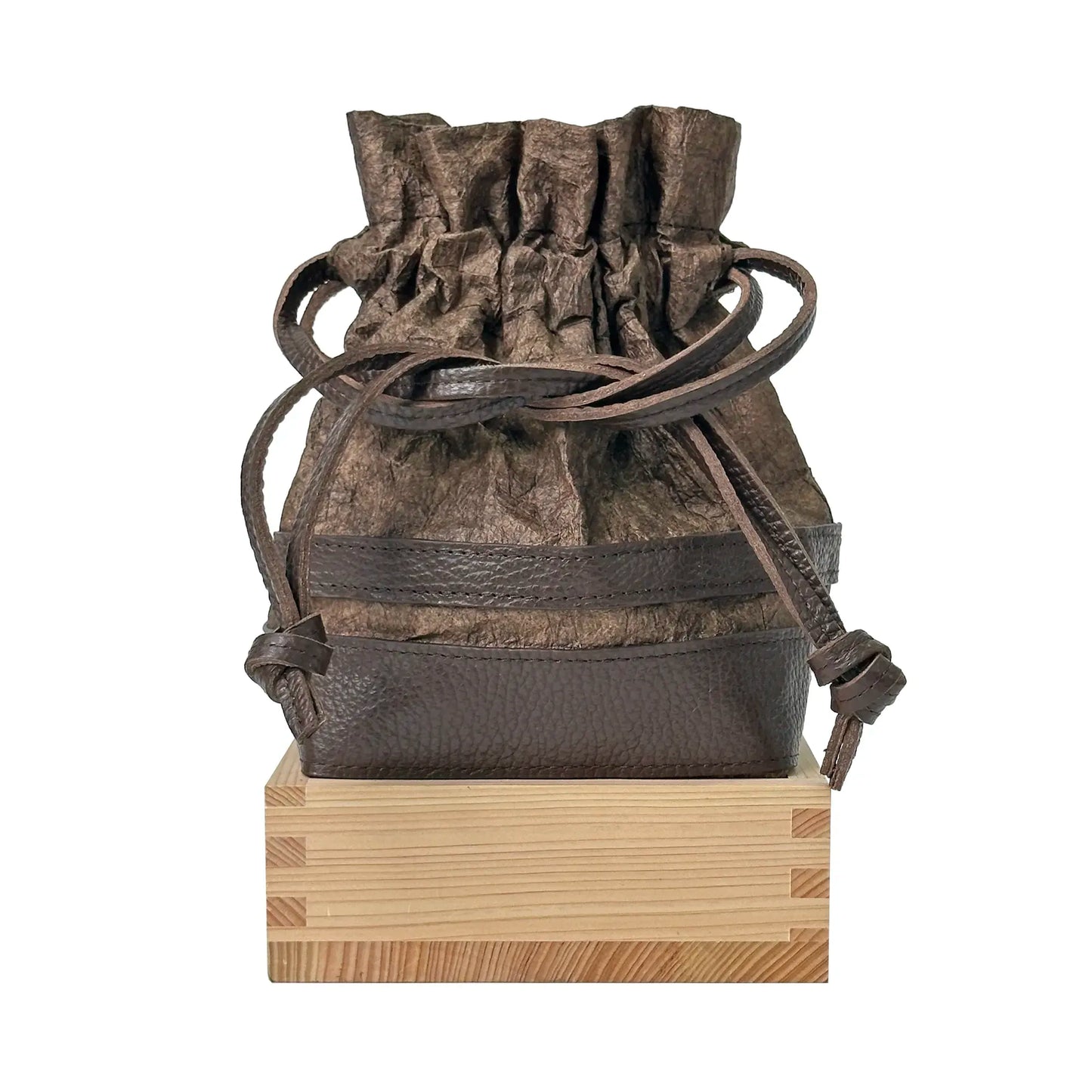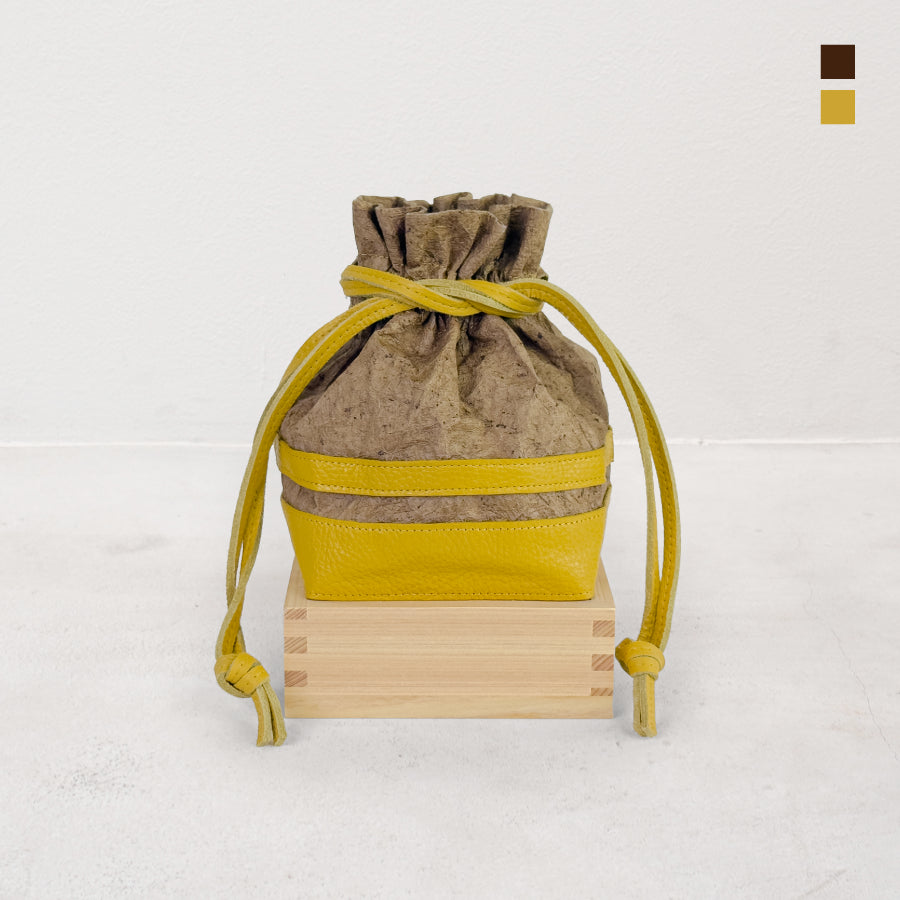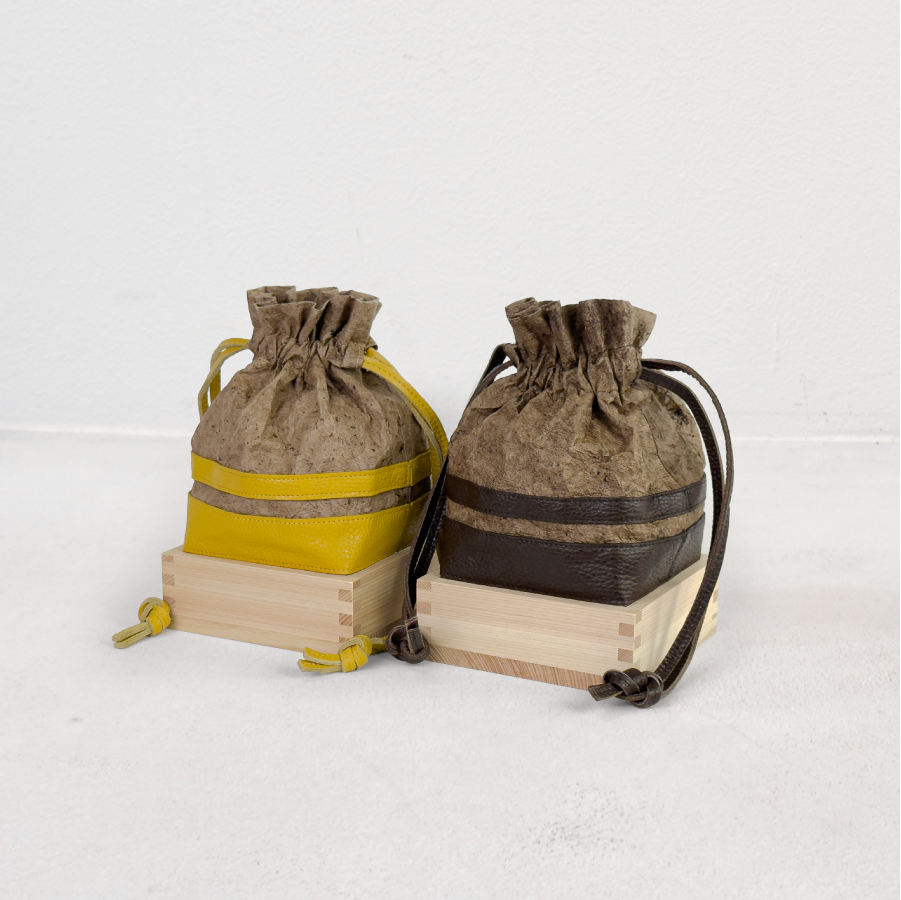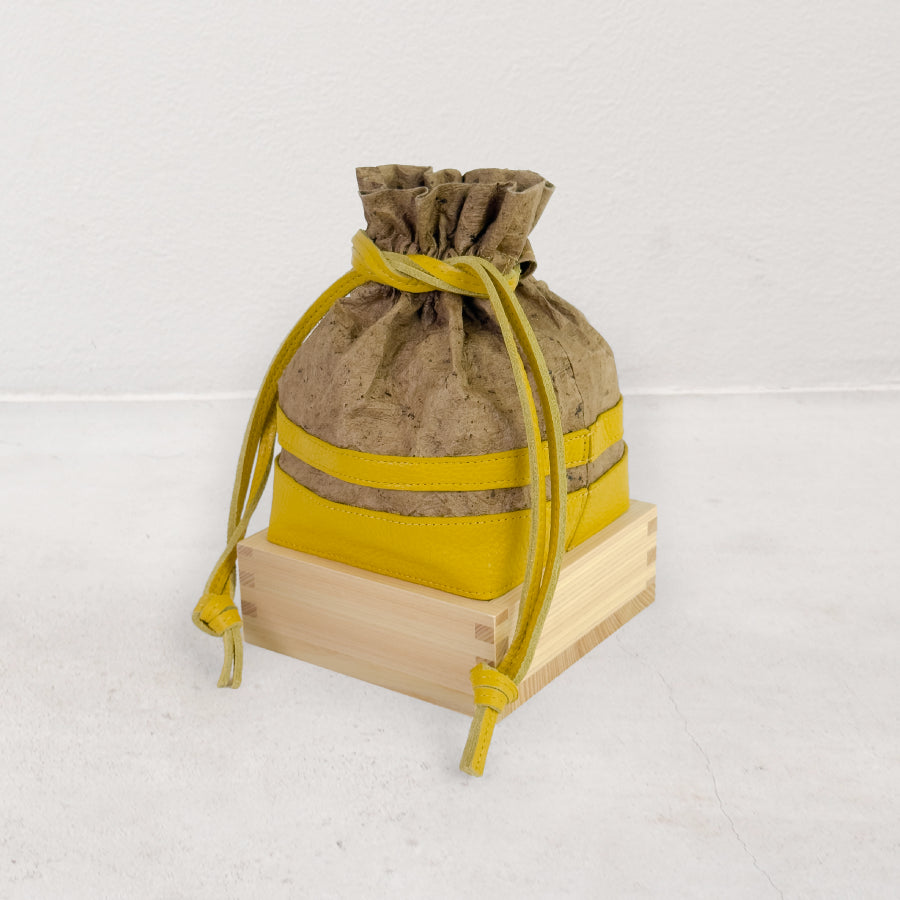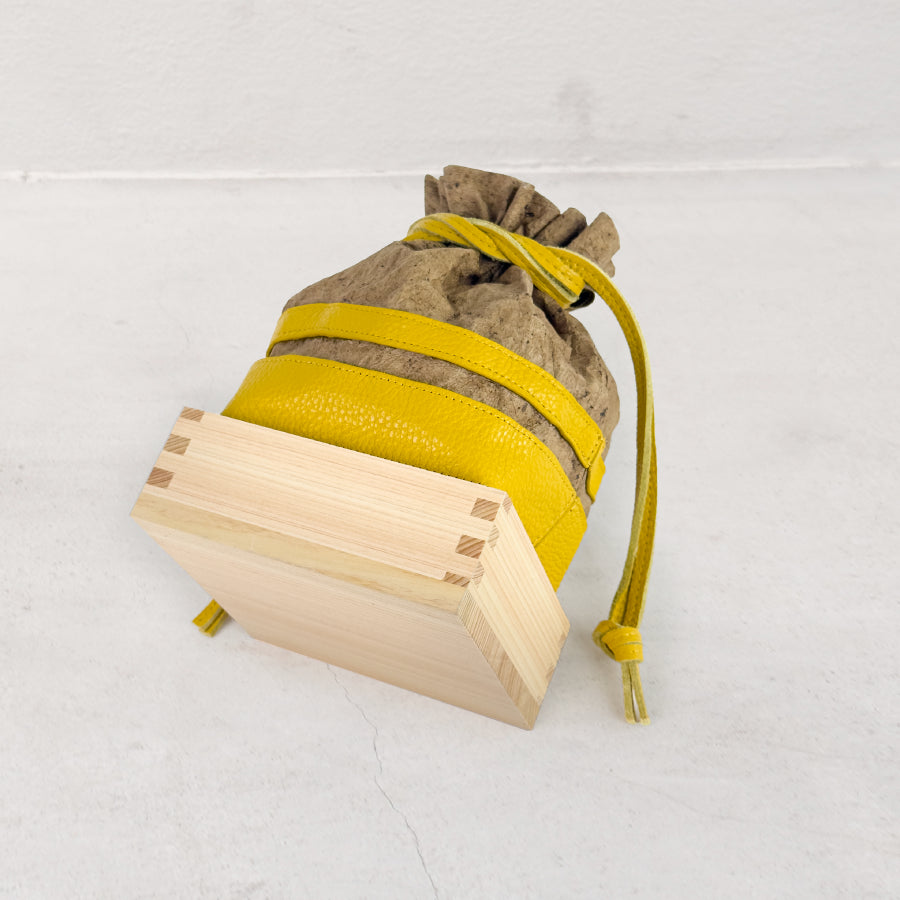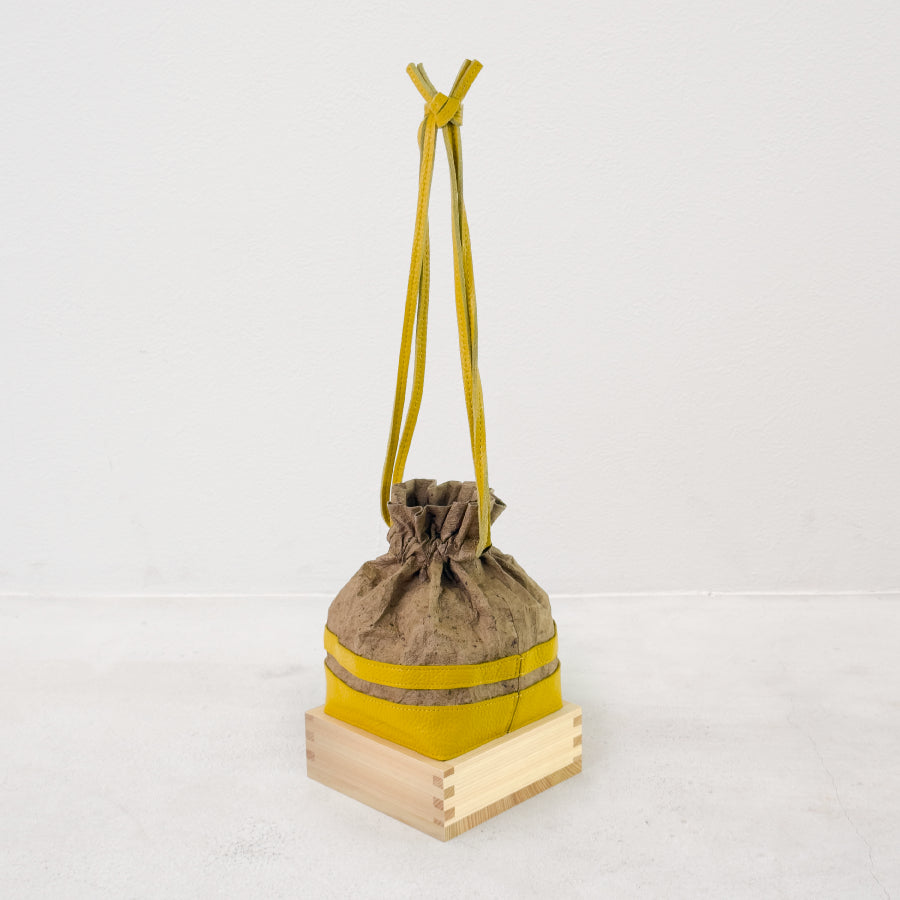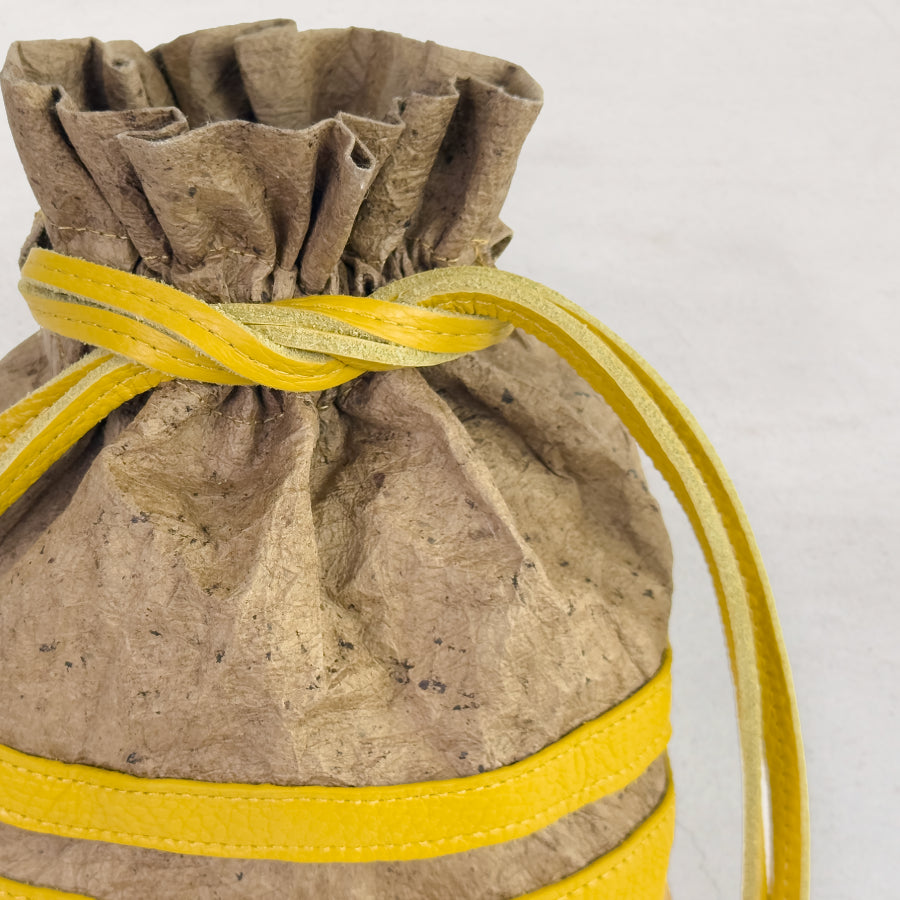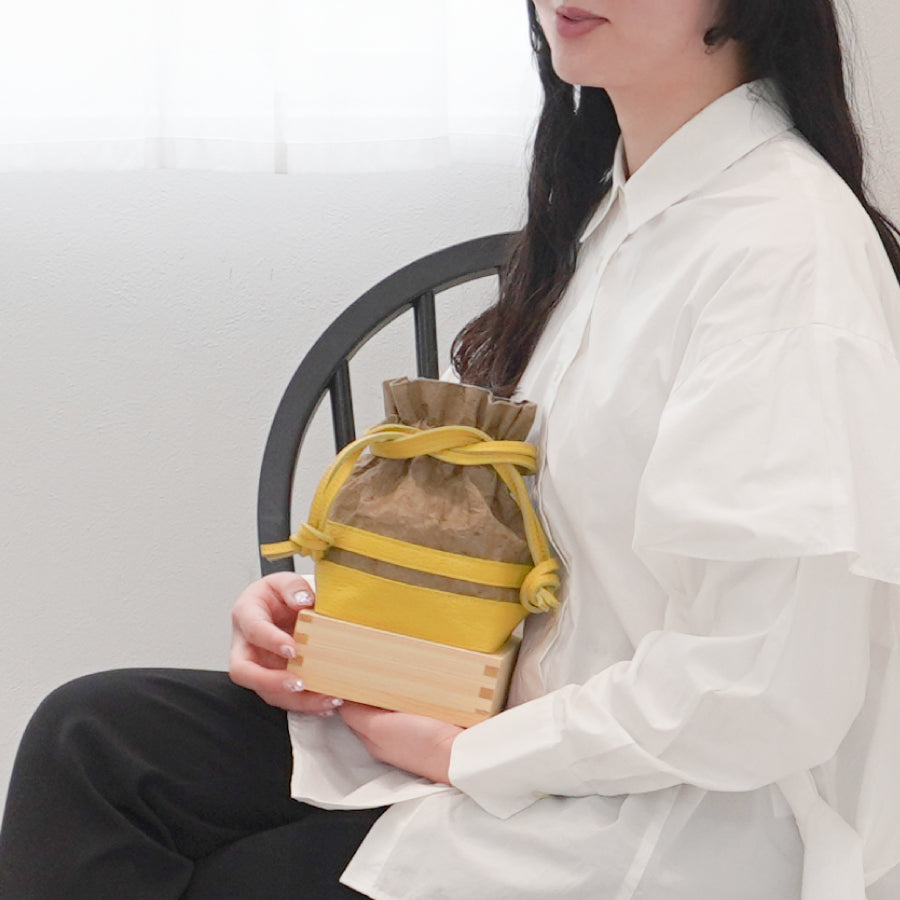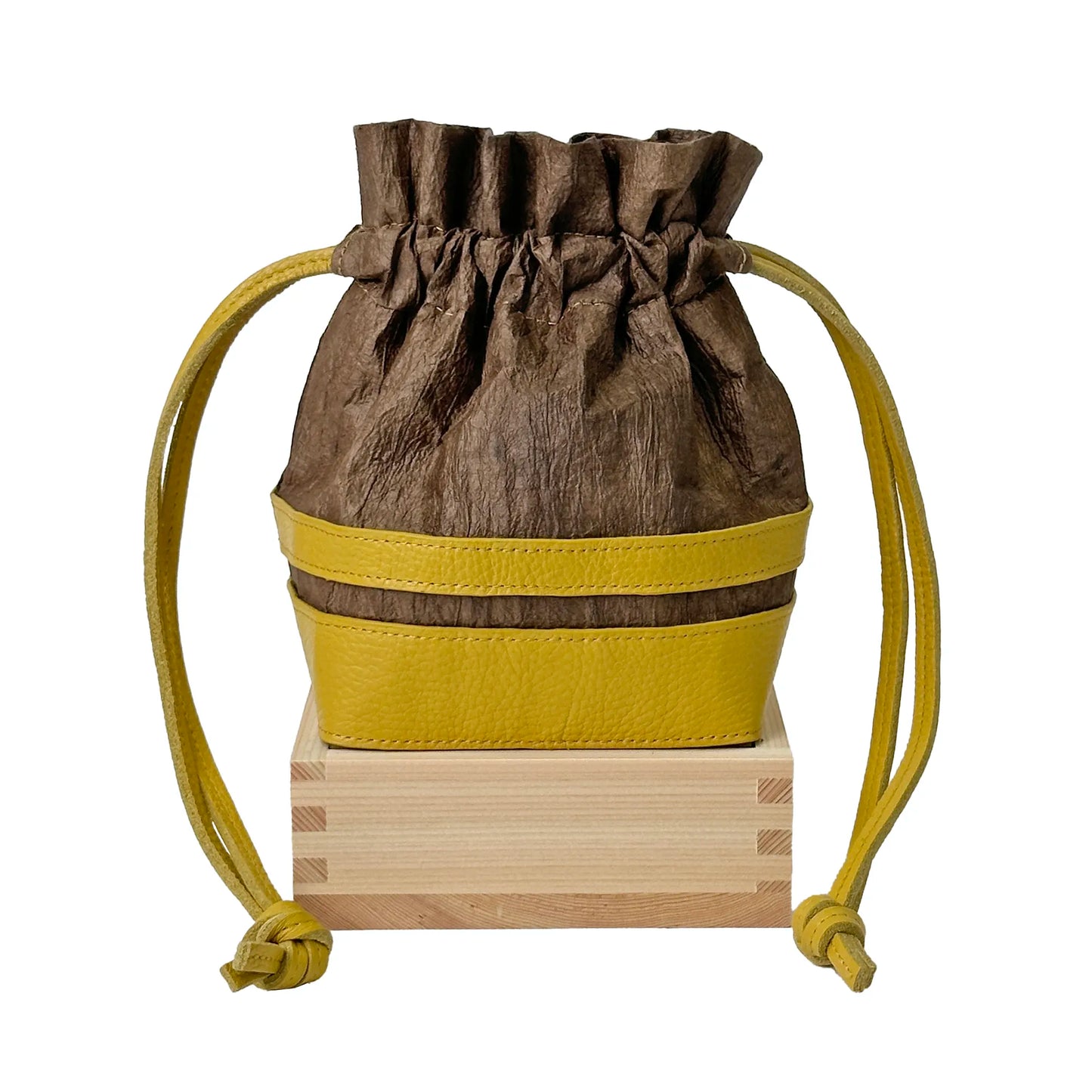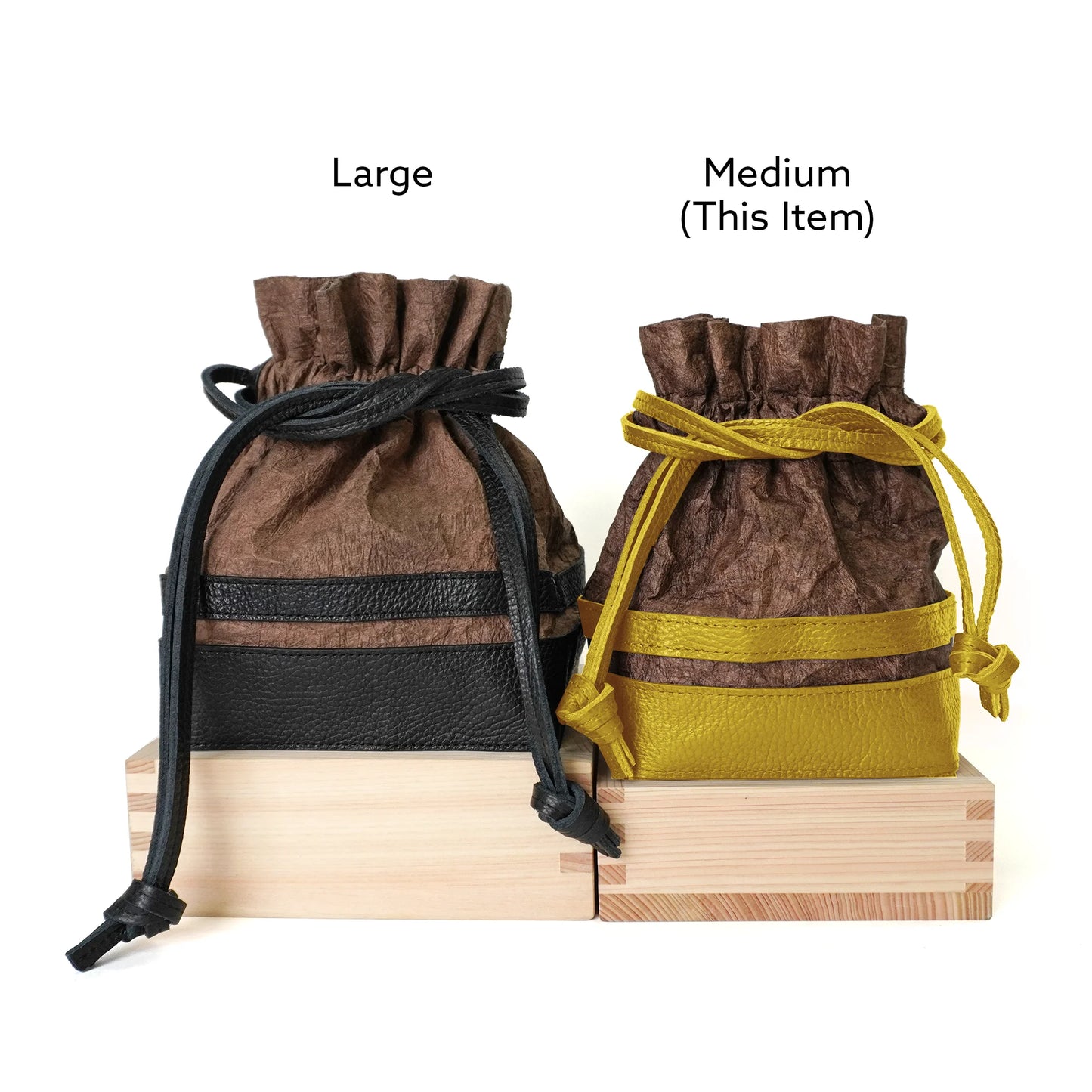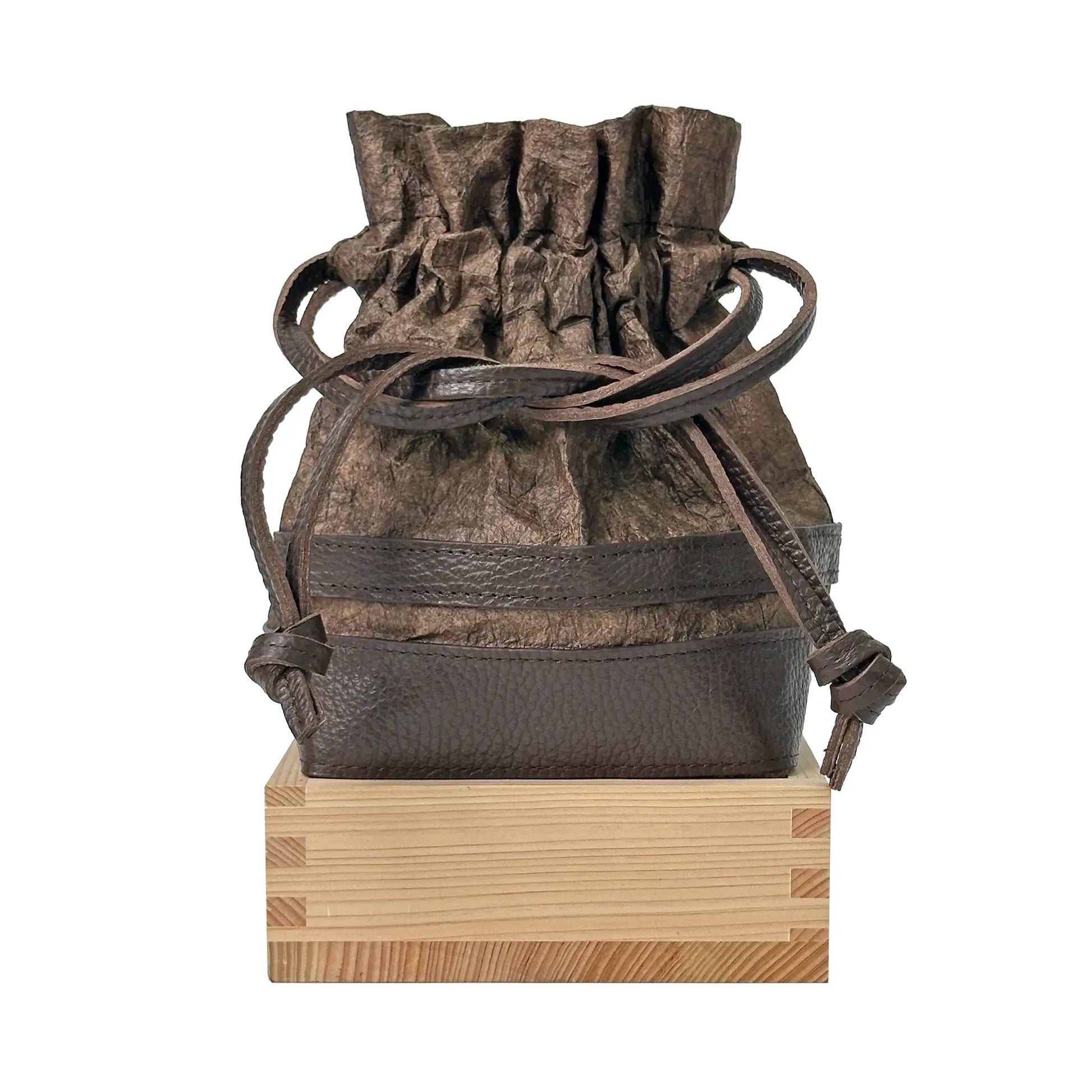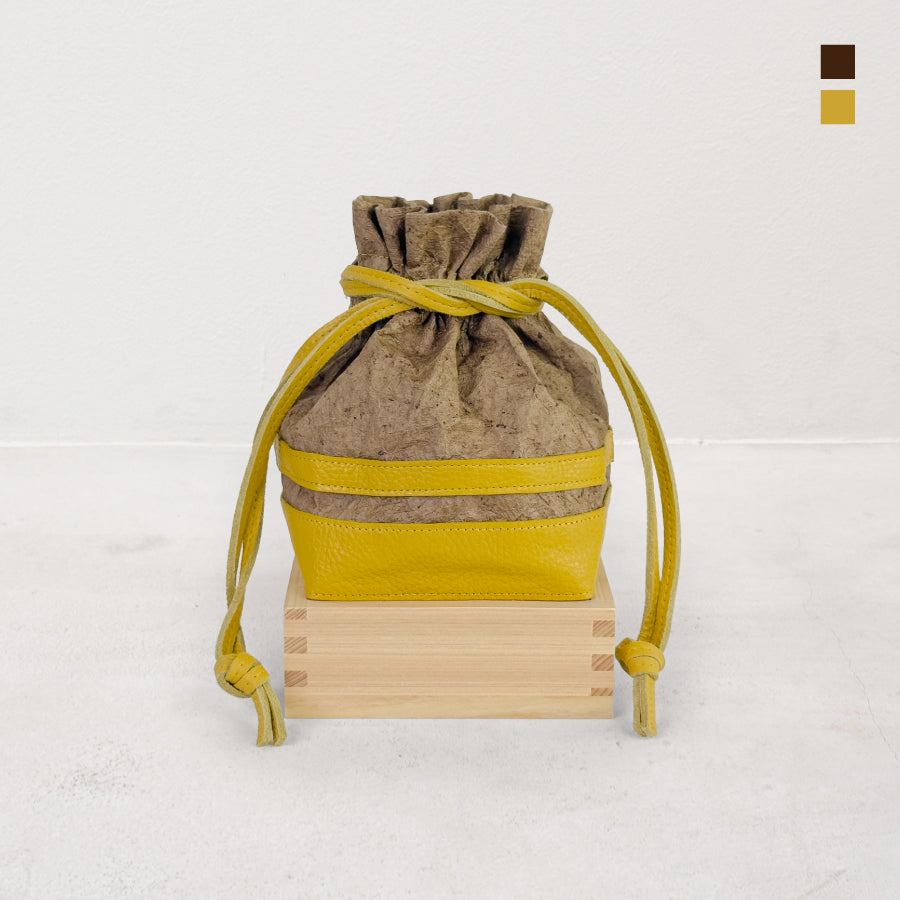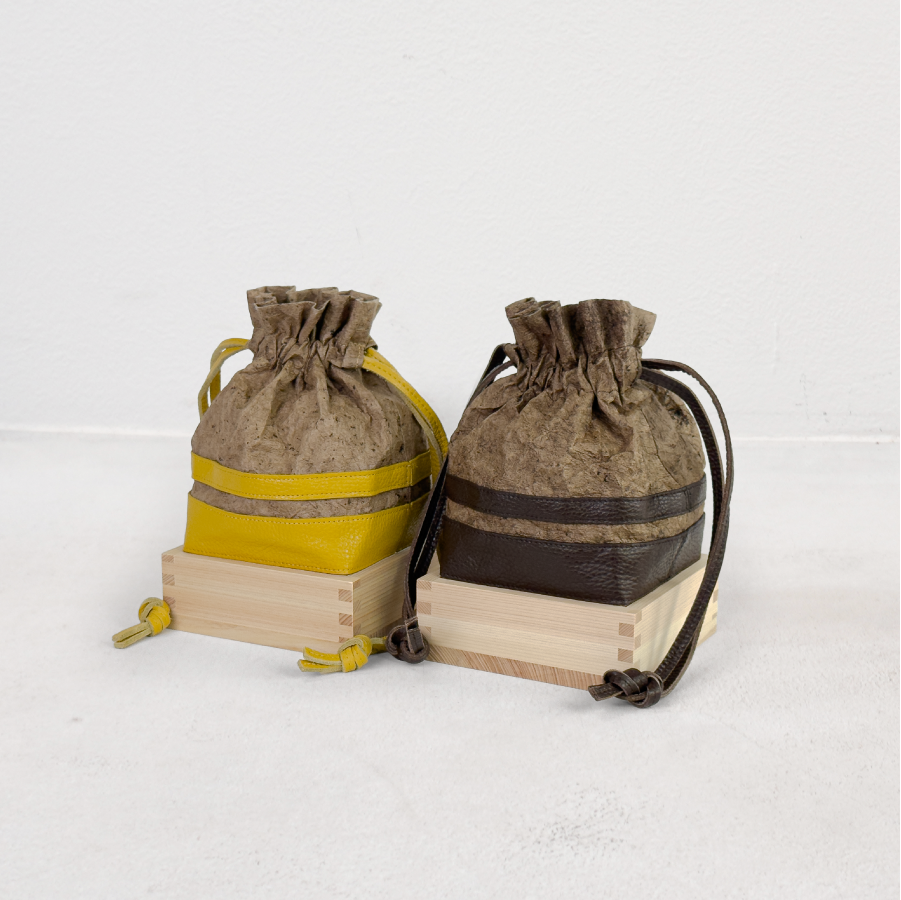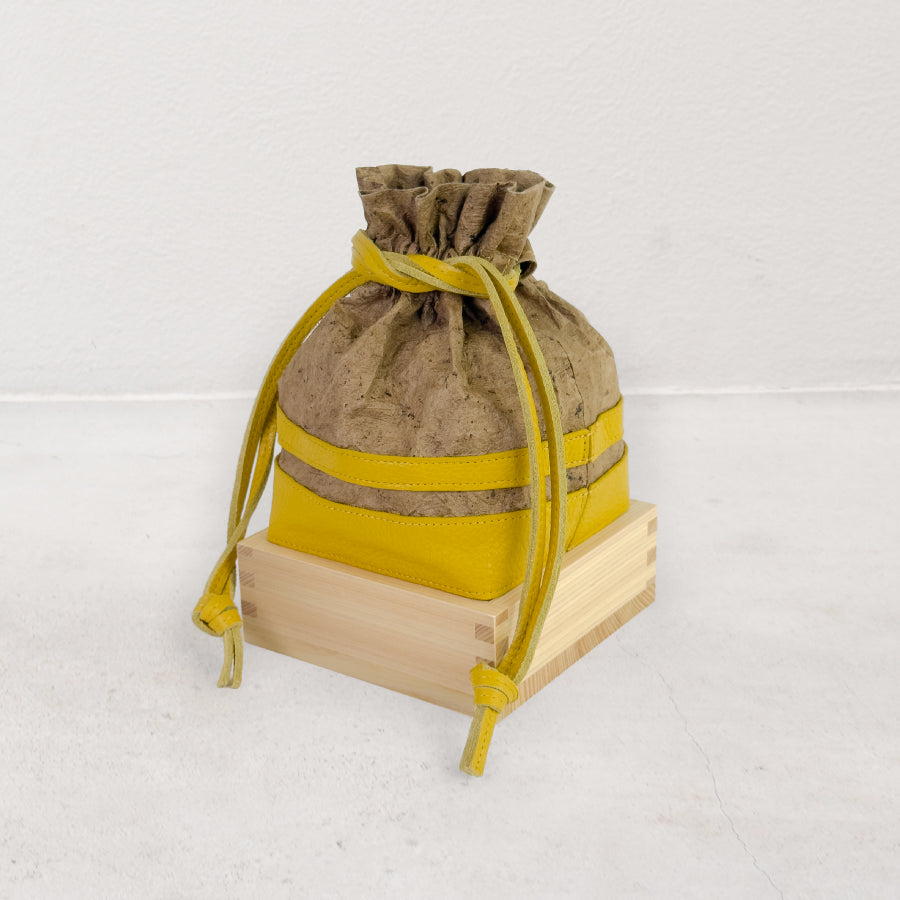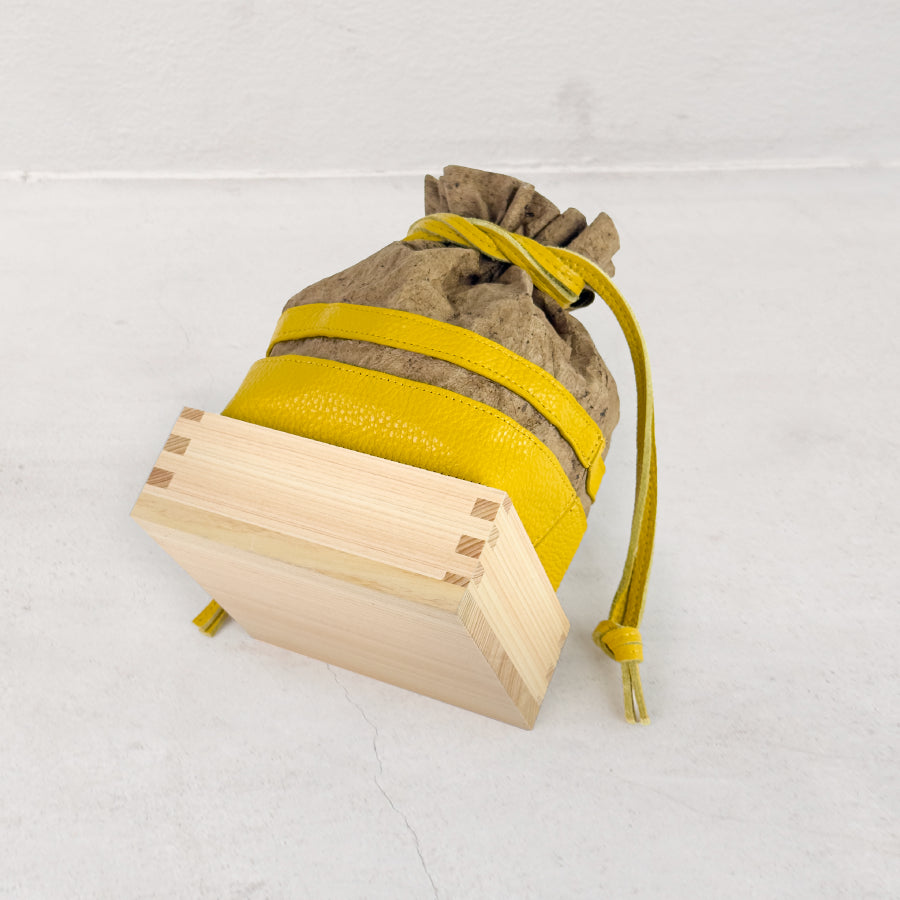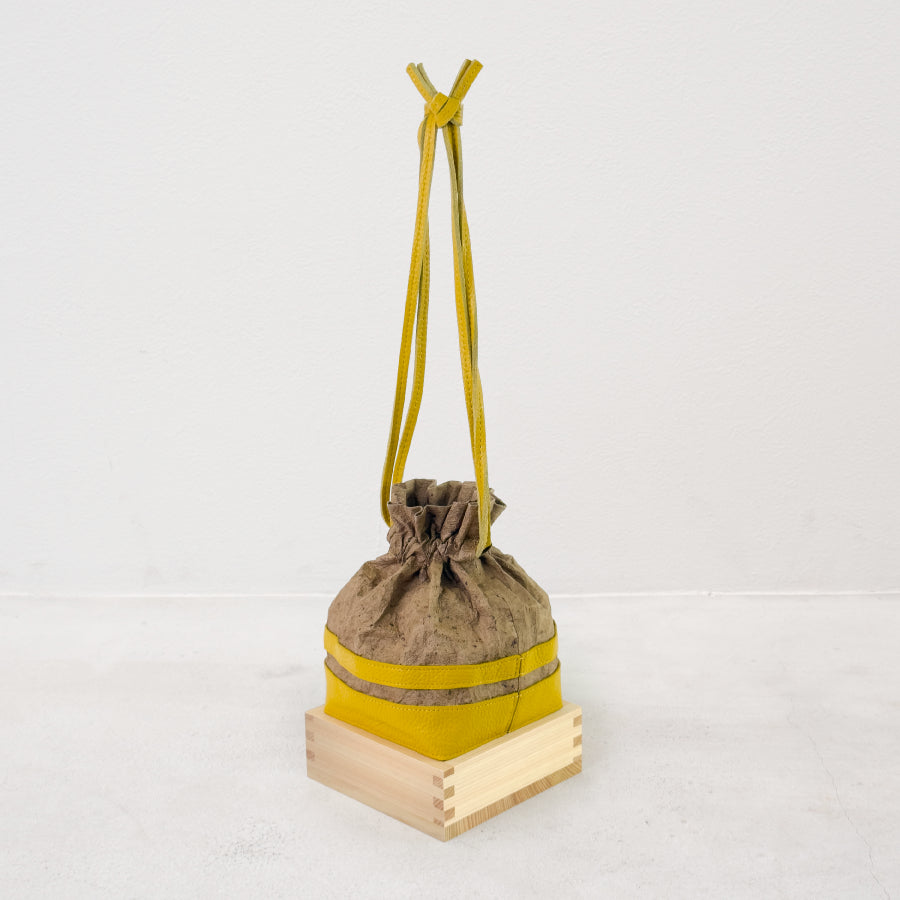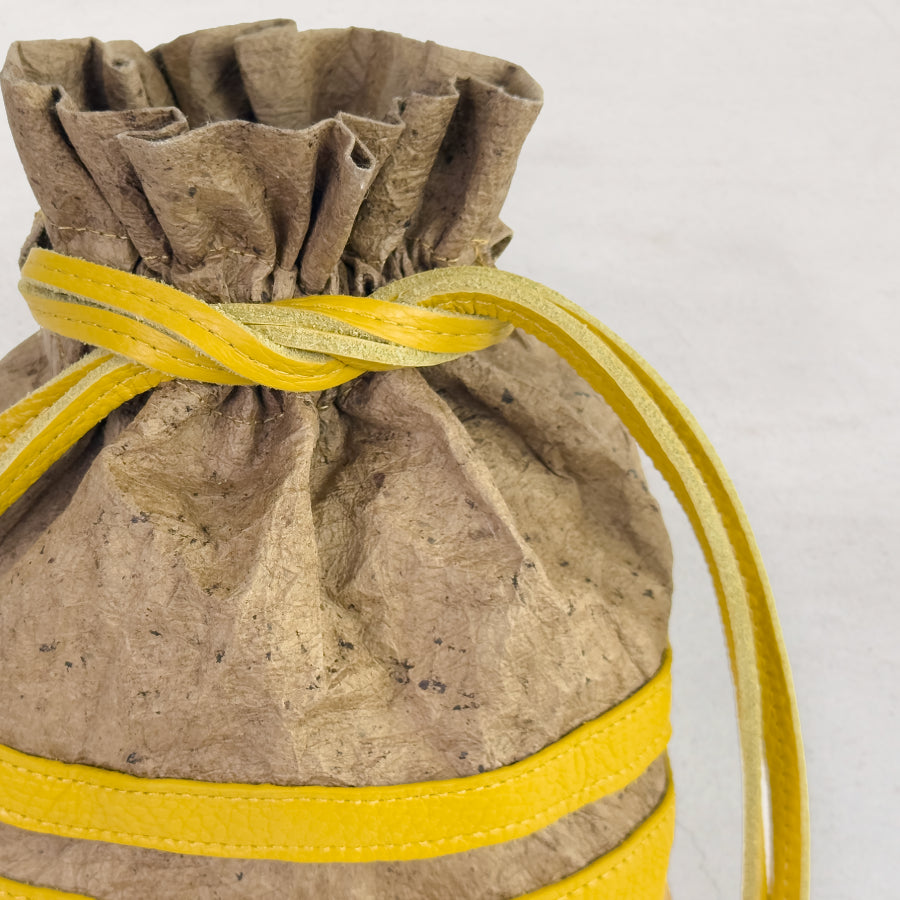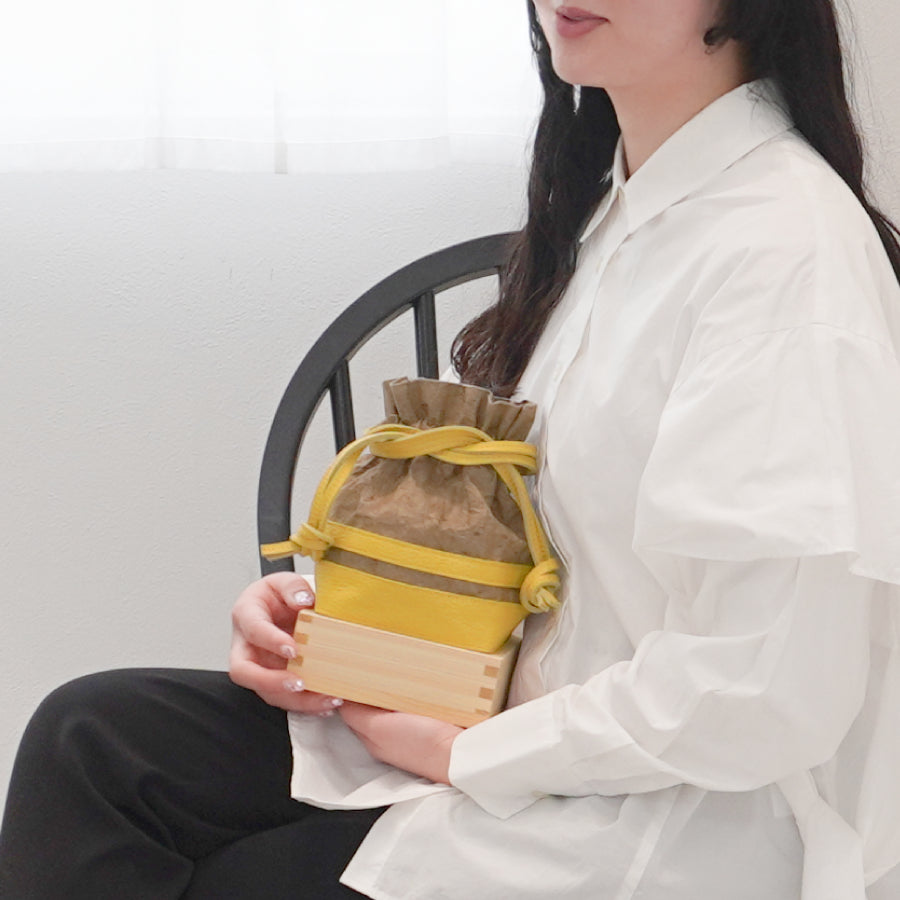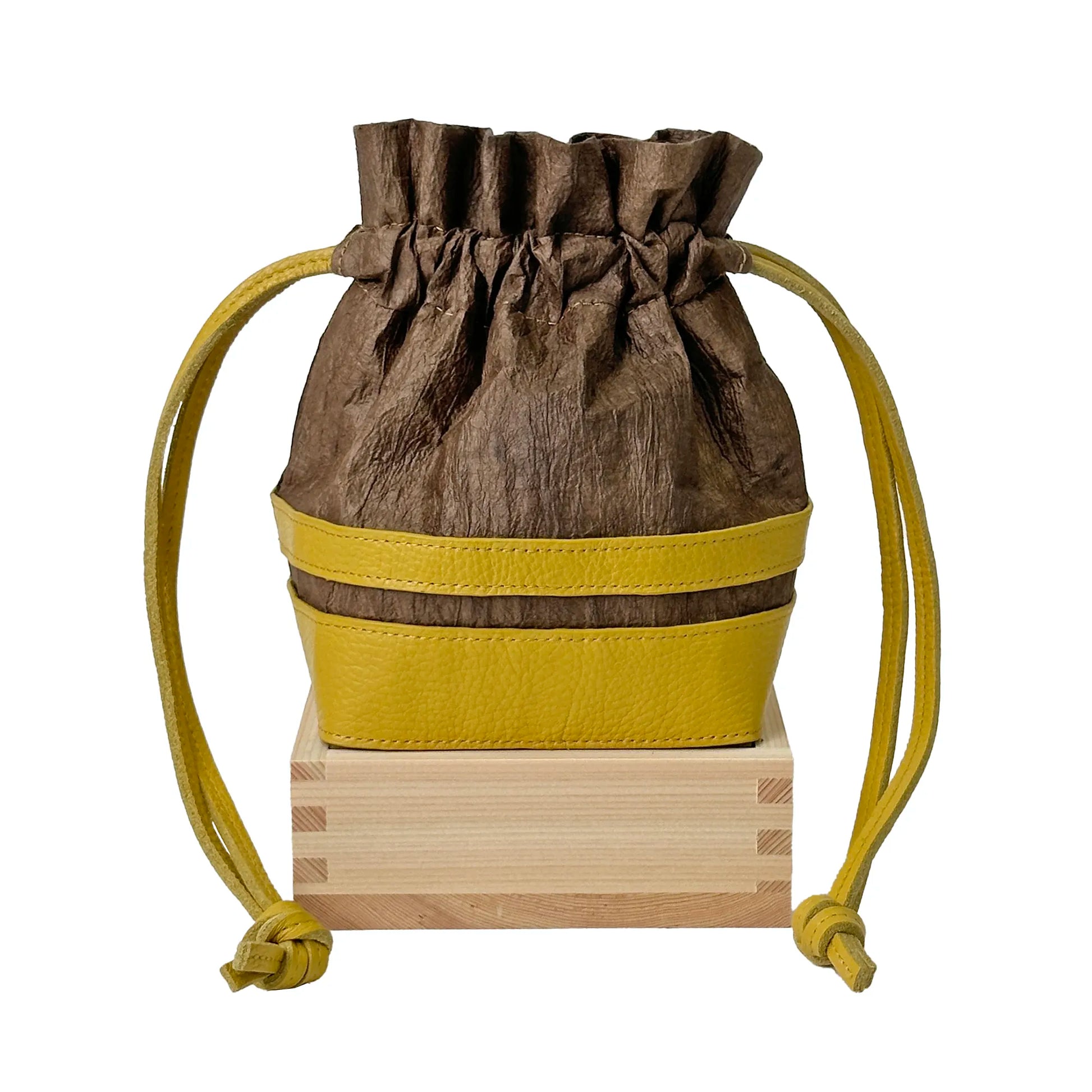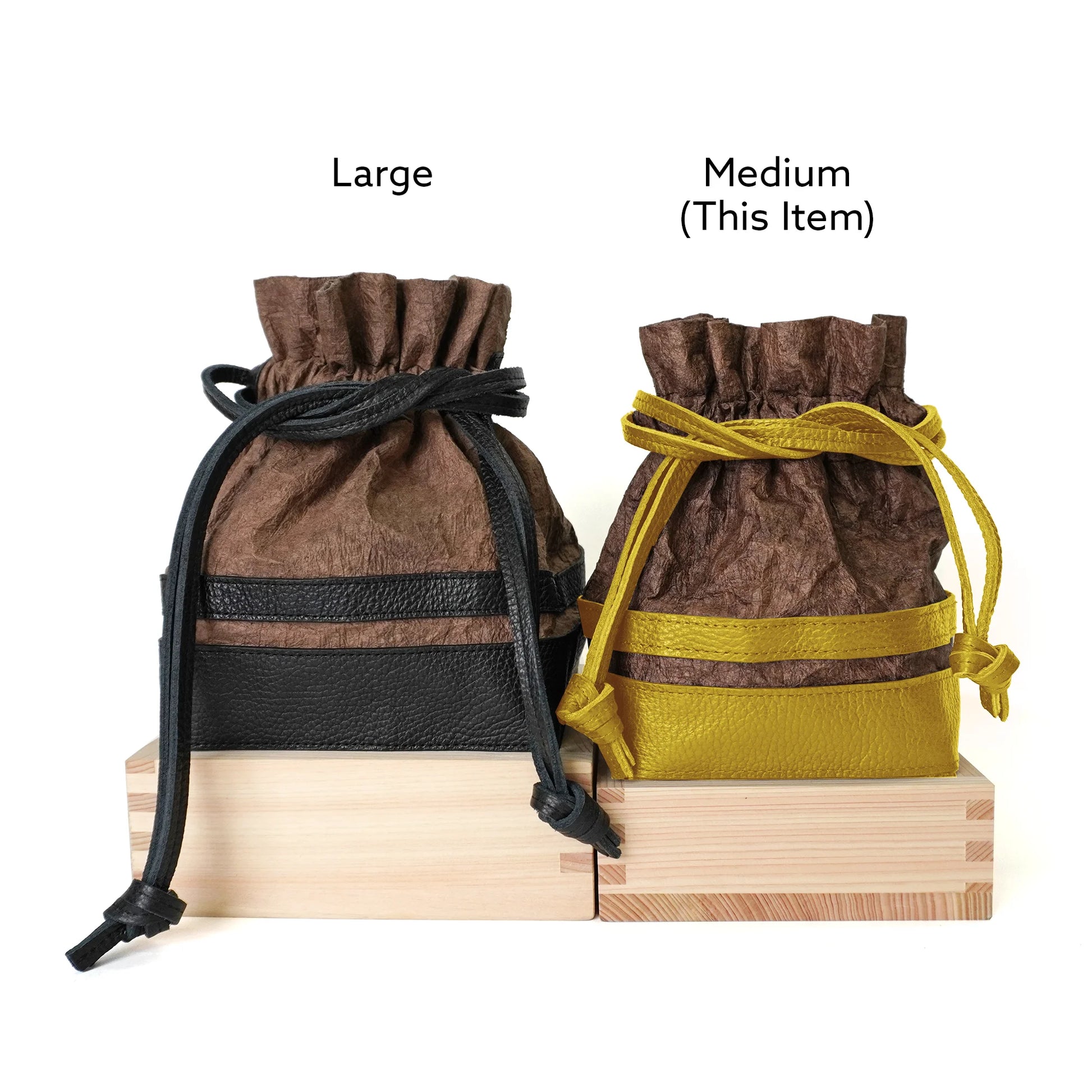1
/
/
9
Yorokobi - 慶 -( Masu Drawstring Bag / 柿子染色 )- Regular -
Yorokobi - 慶 -( Masu Drawstring Bag / 柿子染色 )- Regular -
常规价格
$190.00 USD
常规价格
促销价
$190.00 USD
单价
/
单价
含税
免费送货。
*Customs duties are the responsibility of the customer.
无法加载取货服务可用情况
这款独一无二的“梶包”将日式传统与趣味巧妙融合。
梶是一种方形木制容器,深深植根于日本文化。它们在庆典和仪式中扮演着重要的角色,是礼仪和传统的象征。
这款包采用以最上乘材料——桧木制成的梶,堪称一件体现日本工艺的特别之作。
笔记:本产品为定做产品,将在您下单后约一个月发货。
Made in Japan
- Mino手工和纸:美浓产的和纸,由技艺精湛的工匠一张一张地手工精心制作。 和然 - 𝐖𝐀𝐒𝐇𝐈𝐊𝐀 - 包袋使用的和纸,厚实坚韧,是 和然 - 𝐖𝐀𝐒𝐇𝐈𝐊𝐀 - 特制的。
- 柿子染色:和纸采用传统柿子单宁染色,呈现出精致而别致的外观。
- Masu:刚开始使用时,柏木枇杷会散发出怡人的香气。随着使用时间的延长,它的颜色会逐渐加深,最终变成美丽的琥珀色。
- 尺寸:23 cm x 14 cm x 14 cm
( 高 x 宽 x 角撐板 )
- 重量:345克
- 材质
牛皮( 意大利 )/ 和纸( 美濃 )
Masu:日本柏树
内衬:100% 聚酯纤维
- Product Code:83-78873
